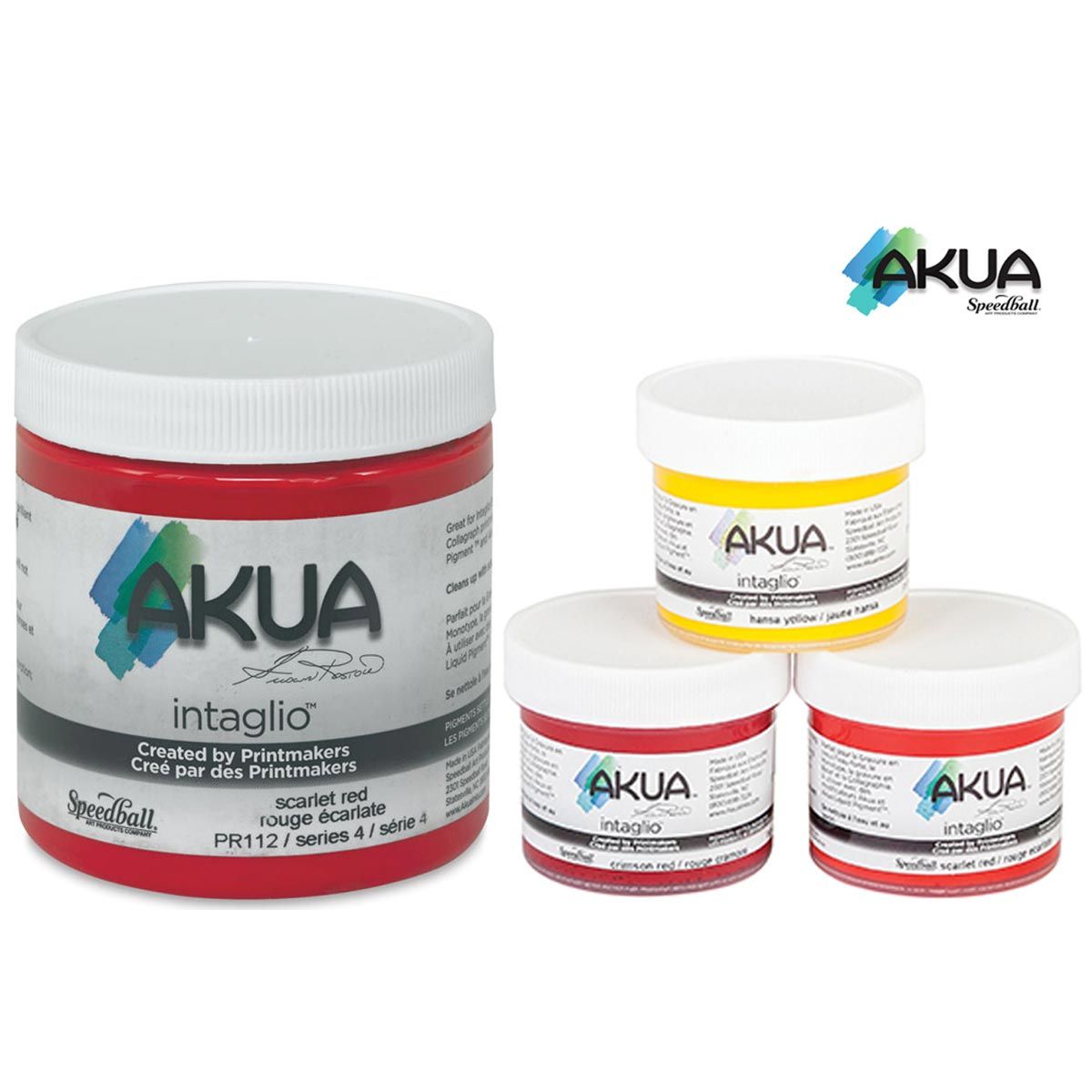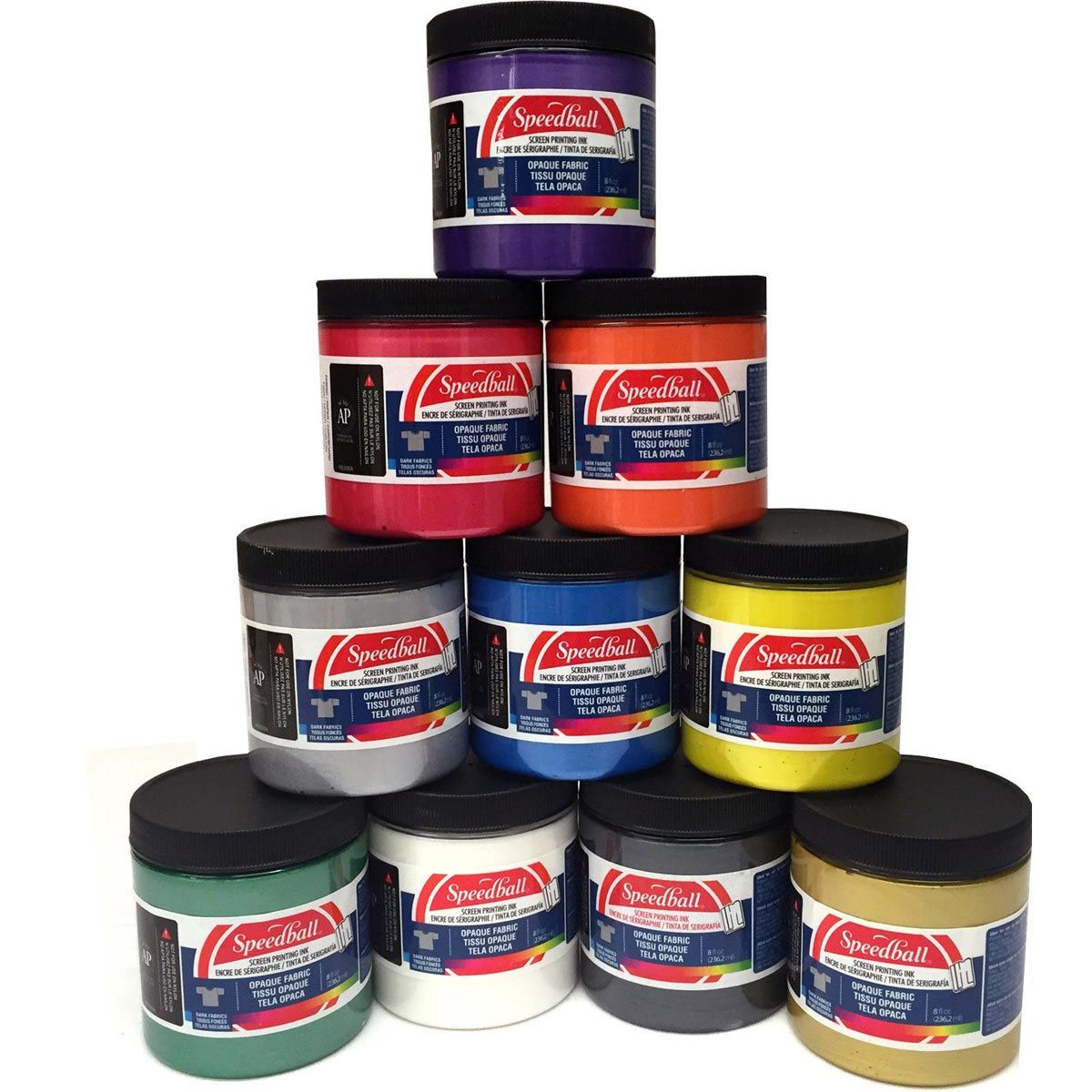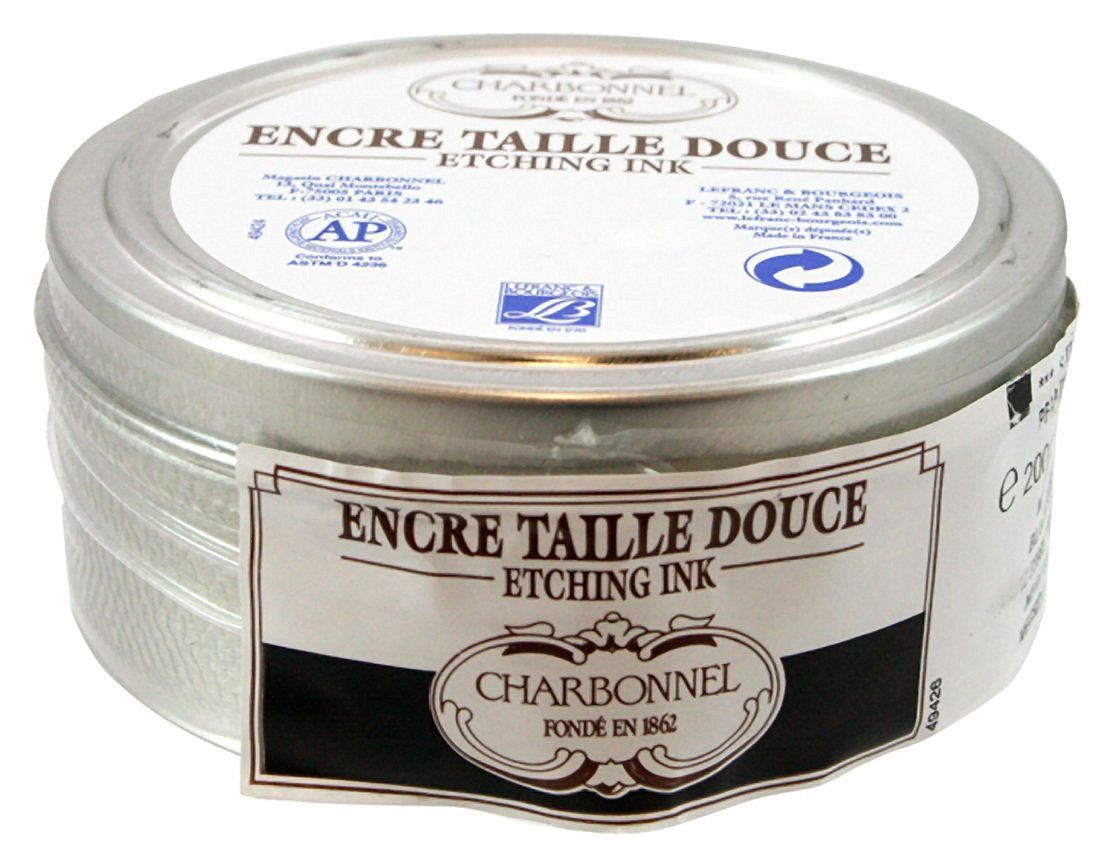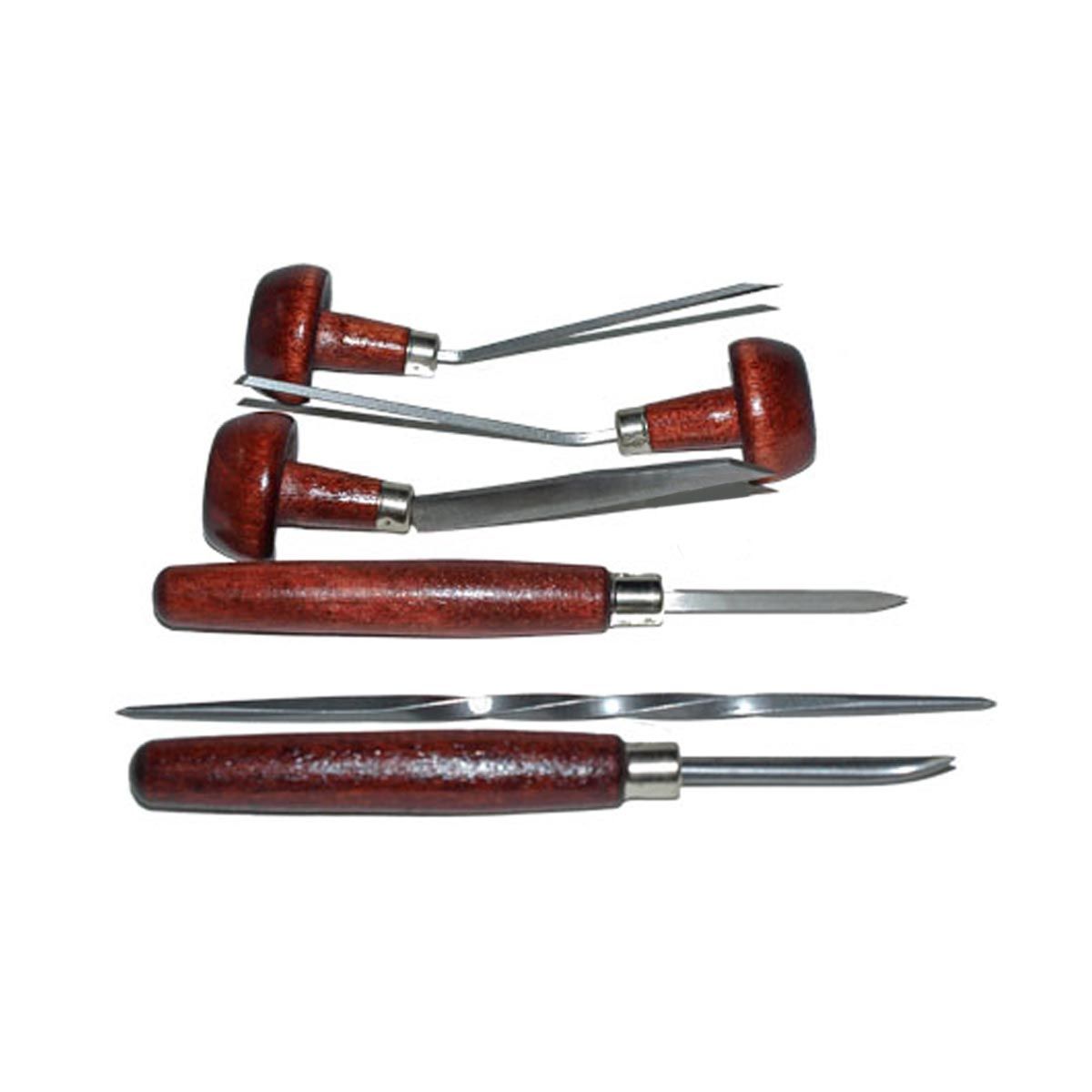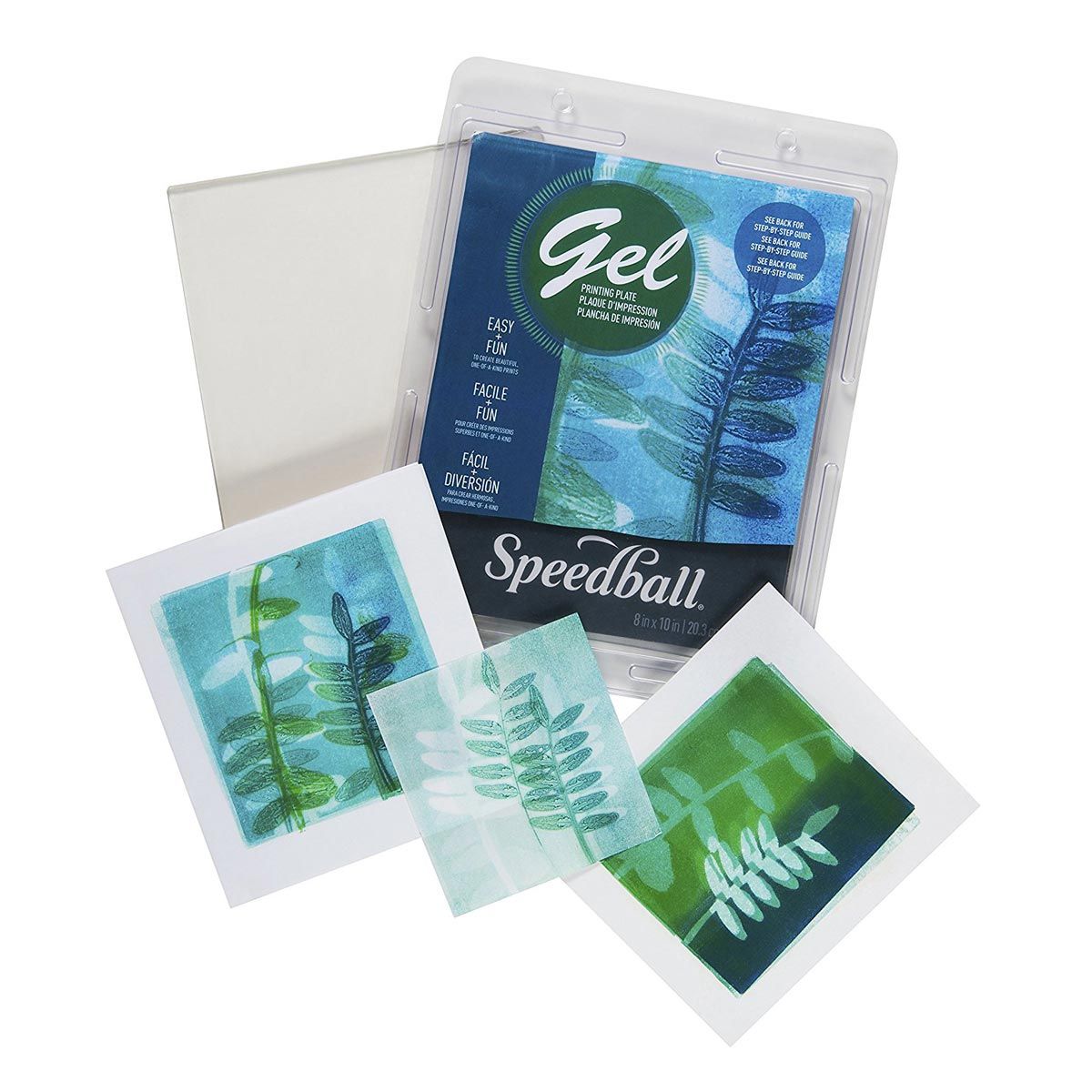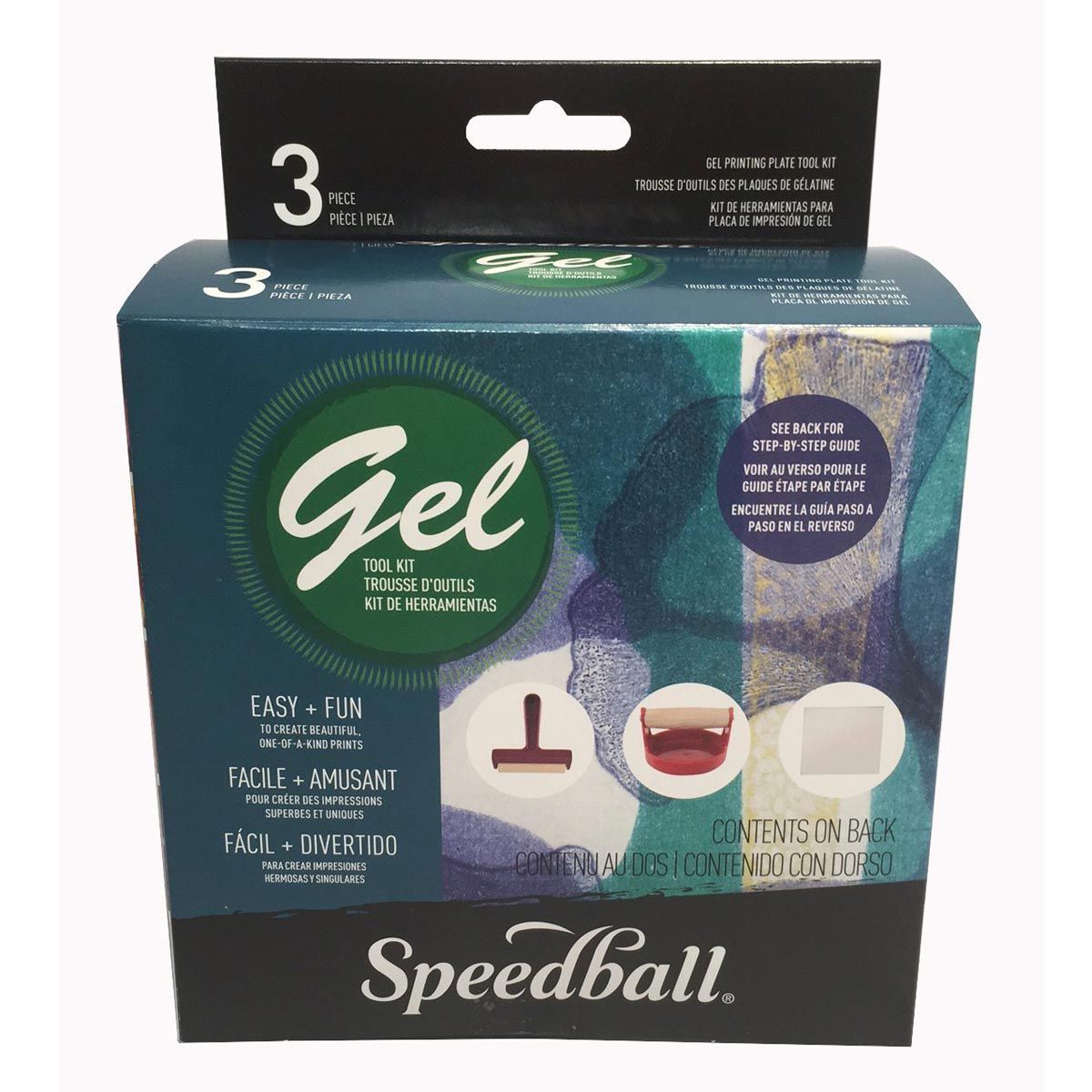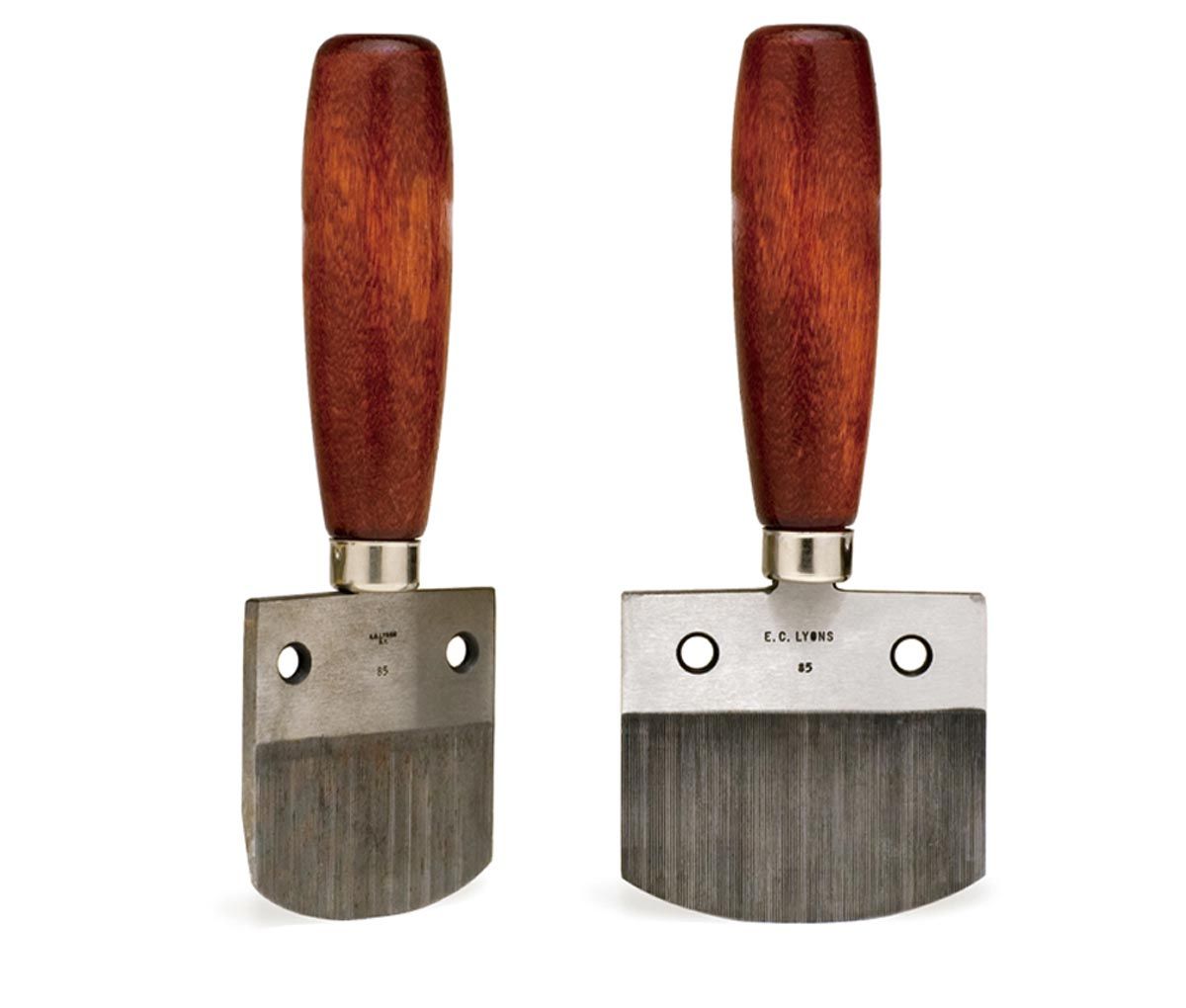Printmaking is a method (or rather a bunch of methods) of producing multiple artworks essentially from a template. It is assumed that printmaking started as early as the 1st century AD during the Han Dynasty of China. Since its inception, the ability of the medium to replicate images and create unique visual qualities has inspired all, from book publishers to artists and designers.
The print media allows pictures that are altered from the source. Each print is considered as original artwork and not a "copy," because each print is made by hand. Printmaking is significant because there are different kinds of works of art associated with printmaking.
While traditional printmaking techniques include woodcut, etching, engraving, lithography, and screen printing (Serigraphy); modern techniques have extended to include spray painting, encaustic and gelatin printmaking.
Printmaking is utilized by numerous artists today. Printing performance depends on how you prepare the prototype/grid (or matrix). There are three basic printmaking techniques: relief, intaglio, and planar.

Relief
A relief print, for example, a woodcut or linoleum cut, is rendered when the zones of the grid (plate or matrix) that are to display the printed picture are on the original surface; the areas of the grid that are supposed to be ink-free are removed. Thus, this technique is known as relief. When the section around the picture is removed, the plate surface is rolled up with ink. Paper is laid over the plate, and are compressed through a press, transferring the ink from the template to the paper. The design of the relief process does not allow them to work on details, but they result in highly contrasting graphic images.
Hundreds of years ago, block printing originated in China and was common throughout East Asia. Relief printmakers usually use a separate block or matrix for each printed colour. This strategy can bring about a print with numerous hues, for example, the notable Great Wave off Kanagawa, by Hokusai.
Want to learn woodblock printmaking? Shop for the Between Ink And Paper: Printmaking With Catherine Kernan And Akua Inks DVD from King’s Framing & Art Gallery where Catherine Kernan explores the limits of Akua-Kolor and Akua Intaglio water-based inks on large-scale woodblocks, revolutionizing her working process.
Intaglio
Intaglio prints like inscriptions and etchings are created by chiselling channels into a copper or metal plate with a sharp instrument called a burin to generate the image, inking the whole plate, and cleaning the plate surface, leaving ink only in the chiselled channels below the surface. Ink is spread over the plate and placed through a press under high pressure, requiring the ink to be transferred to the surface. Besides, today artisans use Plexiglass, a hard-clear material, as surfaces.
Naturally, these prints have solid line quality and exhibit a somewhat obscured edge to the line as the consequence of burrs produced while chiselling the plate, like soil clumps laid at the edge of a wrinkled trench. An elegant case of the drypoint is found in Rembrandt's Clump of Trees with a Vista. The impact makes the smooth and velvety darks of the burred-edged lines.
If this printmaking technique inspires you, shop for the Intaglio Set B Etching Set of 6 tools from King’s Framing & Art Gallery.
The elemental intaglio processes include etching, engraving, drypoint, and mezzotint. While engraving is a physical process and etching is a chemical process.
Etching
Etching starts by first applying a protective wax-based coating to a small metal plate. Around that point, the craftsman sketches an image with a burin onto the metal surface through the protective covering. The plate is then submerged in a solid acid liquid, and the exposed lines are etched. The plate is separated from the acid, and the plate is removed from the protective shell. The exposed plate is inked, cleaned and imprinted. The picture is made from the ink in the engraved channels. The amount of time a plate is kept in the acid decides the nature of tones in the subsequent print: the more it is etched, the darker the tones will be.
If you are planning to work on this technique, get your hands on some fantastic Etching oils and inks with unique qualities at King’s at the best rates.
Planer
Planar prints such as monoprints are made without cutting or incising the surface of the matrix. The surface of the matrix is completely coated with ink (usually a thin metal plate or Plexiglass). Areas are partially removed by washing, scraping or otherwise extracted to shape the image. The paper sheet is laid over the matrix; then the image is transmitted via a press to the surface. Monoprints (additionally monotypes) are the least difficult of all printmaking techniques. By definition, monoprints is one-of-a-kind print edition series and cannot be varied replicated versions. Monotypes, in printmaking generally yields one good unique textural drawing quality impression on paper transferred from a glass or plate well-coated in oil-based or water-based printmaking inks or oil paint. On gel printing plates, includes acrylic paints. The drawing is pressed either by hand onto a sheet of absorbent paper or is printed on an etching press. Any subsequent prints will invariably differ from the first one, because variations in repainting and printing are inevitable. Since each is unique and hand executed, monotypes cannot be considered a technique of multiple replication or series. But, because they are prints on paper, they are usually classed with printmaking media.
The monotypes demonstrate how similar the print medium is to painting and drawing. Akua Liquid Pigment is ideal for all monotype techniques; for printing many layers of ink on top of each other.
Lithography
Lithography is another case of planar printmaking, created in Germany in the late eighteenth century. "Litho" signifies "stone" and "graphy" means "to draw." The standard lithography grid is the smooth surface of a square in limestone.
Although this matrix is still widely used, zinc plates have likewise been acquainted with the medium. They remove the limestone block's bulk and weight yet give a similar surface texture and qualities. The lithographic procedure depends on the way that oil repulses water. For traditional lithography, a drawing is made on the stone or plate surface using oil pencils or wax-coloured pencils or an oil-based fluid medium called tusche. The finished picture is coated in a thin layer of gum arabic using a weak nitric acid arrangement as an etching agent.
The resulting chemical reaction divides the surface into two areas: the positive picture-containing regions that will repel water, and the negative picture-related areas that will draw water. The gum arabic film is removed when printing a lithograph, and the stone or metal surface is kept moist with water so that the ink clings to the positive (image) zones, however not to the negative (wet) zones when rolled up with an oil-based ink.
Serigraphy
Serigraphy is a third type of planar printing medium; otherwise called screen printing. Screen printing is an ink-blocking stencil printing technique that uses a woven mesh to support. The attached stencil forms open mesh areas transferring ink or other printable materials that can be pressed through the mesh as a sharp-edged image onto a substratum such as paper or cloth. A roller is moved over the panel stencil, squeezing or pumping ink through the woven mesh threads in the open spaces.
In serigraphy, a separate stencil is required for each shade. Screen printing is an effective method to print pictures of popular culture, posters, advertisements and other kinds.
Get the Speedball screen printing colours and let your inner artist speak through printmaking techniques. Check out a range of Speedball products at King’s specially curated for printmaking.
May 2, 2020, is Print Day In May a global celebration of printmaking, held yearly on the first Saturday in May in print shops, studios, kitchens, on beaches and sidewalks all over the world. Now that you know the three most used printmaking techniques and their popular types, take the challenge of making a printmaking artwork and send it to us to get featured on our social channels!













